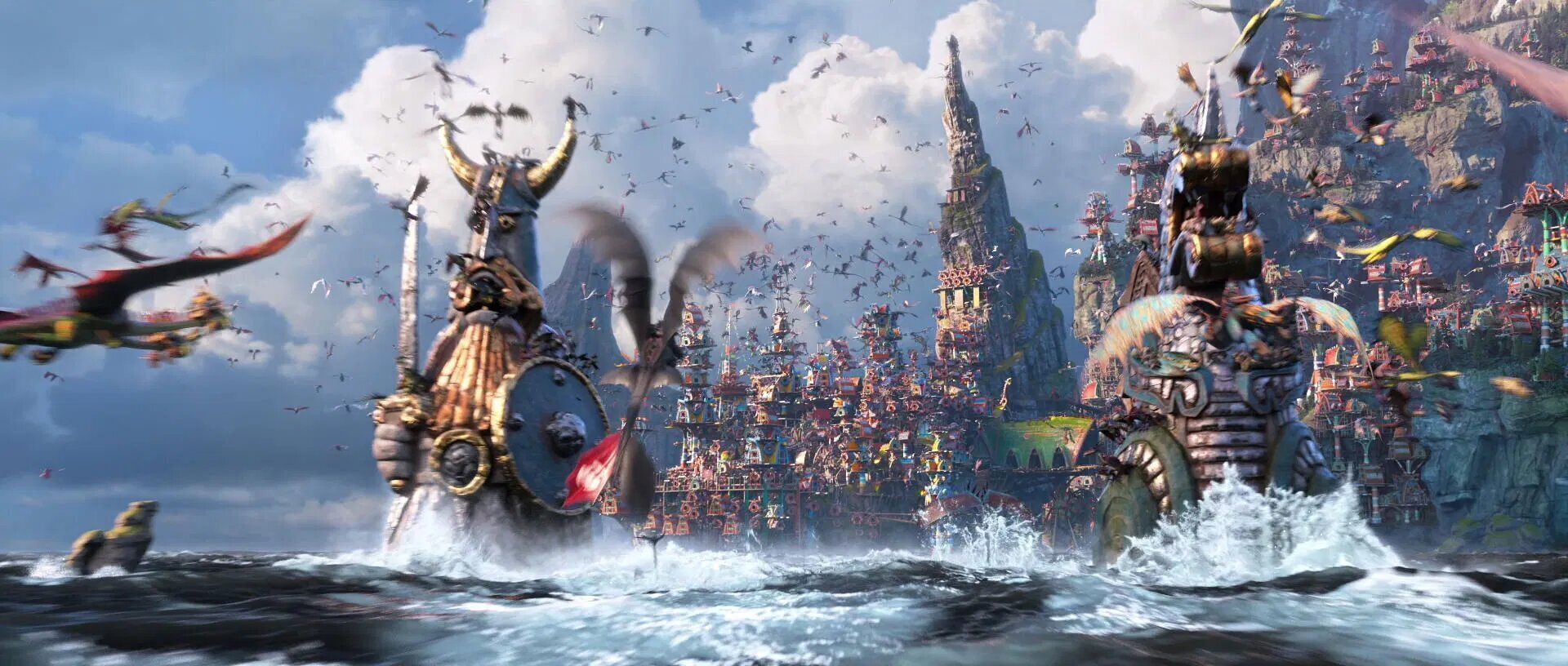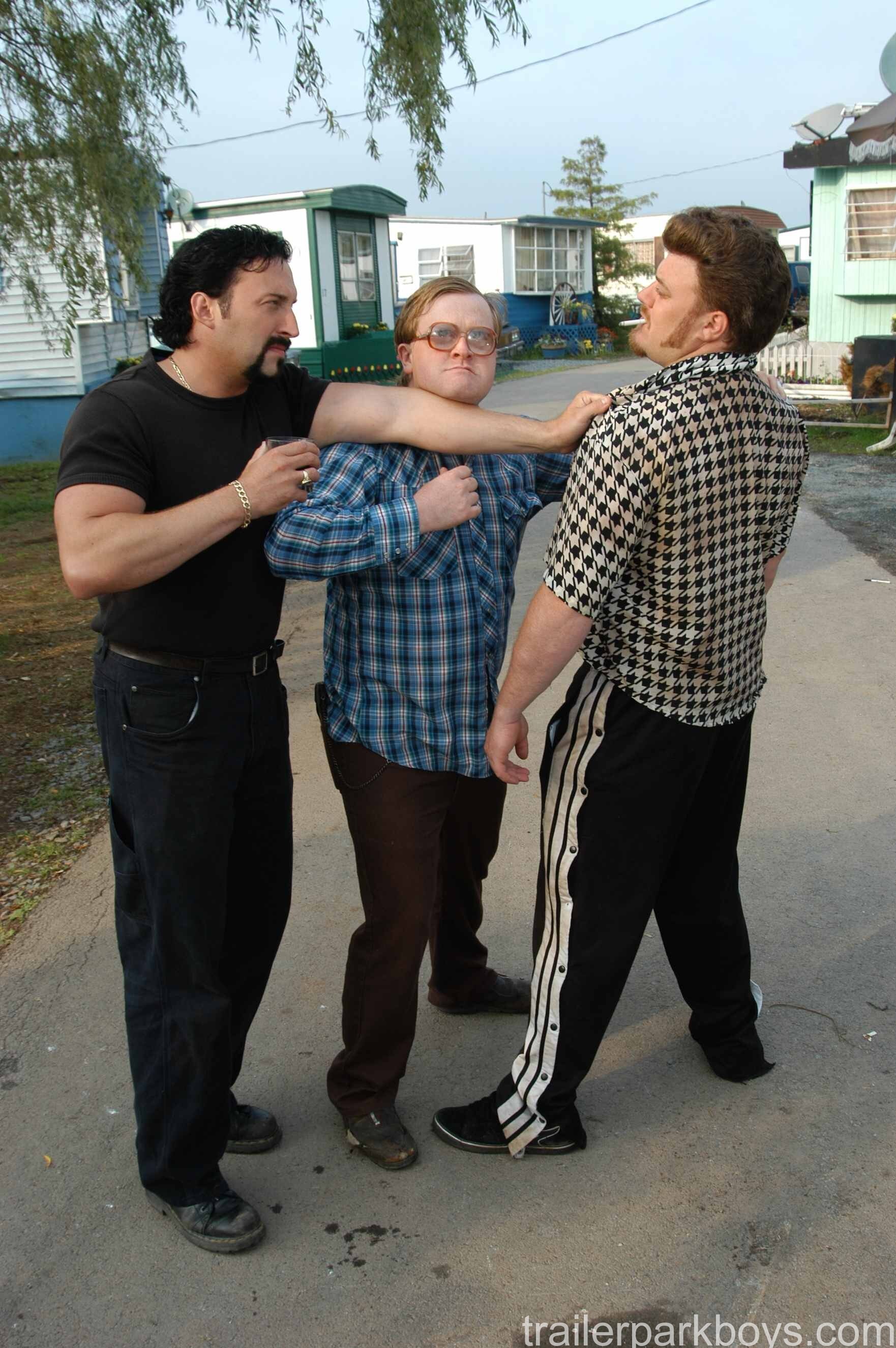Worldbuilders Warfare!
/What happens when you put two passionate Worldbuilding Bloggers, with a difference of opinion, in a Zoom room?
WARFARE! Ashley and Marsha go head-to-head in a casualty heavy battle over who’s world is champion. It’s war — writer to writer style. The judgements mount, the words get aggressive.
Two Worlds — Two Worldbuilders — One Champion!
Who will it be?
AVATAR: The Last Airbender — versus — BATMAN: The Animated Series
AVATAR: The Last Airbender — defended by Ashley!
photo credit: IMBD
Ever since Avatar: The Last Airbender (ATLA) came to Netflix, new fans have just begun to see the incredible storytelling and worldbuilding that it has. Avatar is much better than Batman: The Animated Series – it’s not even close to Avatar’s level!
Long ago, the four nations lived together peacefully. They each have their own unique culture, history, and government. The cultures of the four nations: The Water Tribes, the Earth Kingdom, the Fire Nation, and the Air Nomads are based on real cultures – Inuit, Chinese, Japanese, and Tibetan.
In the Avatar’s world, benders are able to bend the four elements: water, earth, fire, and air! Benders also use their skills in their careers or in other services.
But then everything changed when the Fire Nation attacked.
Batman only has to contend with Gotham's villains, which is nothing compared to the Hundred Year War that has thrown the Avatar's world into chaos.
While the Northern Water Tribe is still strong, the Southern Water Tribe has had its unique way of life shattered by the Fire Nation.
photo credit: avatar wiki
Some places still preserve their culture and traditions. The capital of the Earth Kingdom, Ba Sing Se, welcomes refugees every day. It has a gigantic wall that surrounds the entire city, and inner walls to keep order.
As the Avatar attempts to master all four elements to save the world, we, the viewers, are shown different locations, allowing us to see how vast and beautiful the world is.
Getting to see how the war affects the benders and non-benders of each nation, and how they deal with it, is interesting!
ATLA keeps my attention unlike Batman: The Animated Series!
Shows with such great worldbuilding happen so rarely. Avatar: The Last Airbender does such a fine job of exploring a complicated world. It interests new and old fans, including me – it's a gem that can't be matched!
BATMAN: The Animated Series — defended by Marsha!
I saw Avatar: The Last Airbender on Netflix. Cute show! It will never compare to Batman: The Animated Series — not in a million years.
Batman’s world is huge. Gotham is in New Jersey with a population of about 10 million, just a city — on the surface. But underneath it lives a subculture of super-villains. It’s the energy that makes this world massive.
Photo credit: bottleneckgallery.com
The cinematic quality of Batman: The Animated Series (B:TAS) amplifies every aspect of the worldbuilding experience. It virtually draws us into the action, where we’re front-row-center when the bombs go off.
Skyscrapers of imposing heights, back alleys, and a sewer system crawling with criminals stretch the boundaries upwards and downwards. The casts of villains have their own distinct territories. Their personalized bags of criminal tricks lend a palpable bleakness and begs for a superhero to restore balance to Gotham.
The animated series may be the singular example of Gotham City becoming a character — a living, breathing dystopian city of grit and darkness. I prefer the dark aesthetic of B:TAS over the light, airy utopia of Avatar: The Last Airbender. It’s a good show, but I can live without it.
Photo credit: DCcomics.com
I can’t live without Batman. Figuratively speaking, of course — I just don’t want to! B:TAS has exceptional worldbuilding, and part of that is phenomenal artwork.
The style marriage of Film Noir and Art Deco, what producer Bruce Timm coined “Dark Deco,” is an immense unifying element. The world is built on shadows and the grim things going on in them.
Even with its grand rooms and library, Wayne Manor has the same dark undertones as the streets of Gotham. The mystifying underground Batcave overflows with futuristic technology.
Arkham Asylum, seen best in the episode “Lock-Up” shows the expansive facility for the criminally insane with an even darker twist.
Worldbuilding is more than streets and structures. It lives in the vibe going on around characters and storylines. The vibe of Batman: The Animated Series — is enduring.
What do you think, readers — is there a clear champion?
Ashley Lalonde
Ashley Lalonde is a student at Algonquin College. In her spare time, she enjoys watching Asian dramas, playing video games, and writing her own fanfiction and original stories.
Marsha Masseau
I’m Marsha, an avid virtual-world-traveller! Digging into the fictional worlds – in books, plays and films – of other writers has become a passion. To my mind, every story fits a broader context, and I want to understand what makes them work or not.

















































![20200924_191027[639].jpg](https://images.squarespace-cdn.com/content/v1/522614d5e4b02f25c1dfd53c/1605659929931-PLBYQ38T3EBMLBHPDZN7/20200924_191027%5B639%5D.jpg)

















![20200924_191027[639].jpg](https://images.squarespace-cdn.com/content/v1/522614d5e4b02f25c1dfd53c/1604082702551-GZWNQJS8EZLB5YHK0ZUO/20200924_191027%5B639%5D.jpg)























![20200924_191027[639].jpg](https://images.squarespace-cdn.com/content/v1/522614d5e4b02f25c1dfd53c/1600990754681-QUAPBZVO383R4HM1YV27/20200924_191027%5B639%5D.jpg)
























